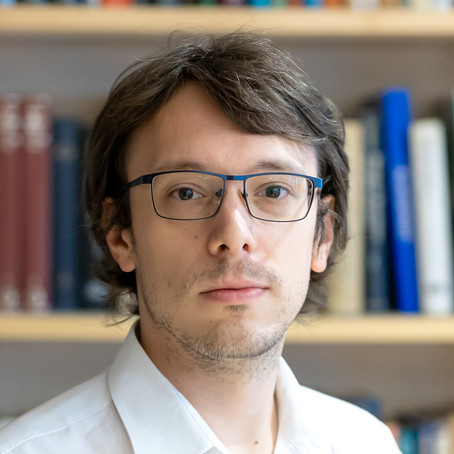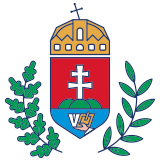Topographical structure, nanomechanics and nanosurgical manipulation of biological supramolecular systems - dr. Sziklai Dominik házi PhD-védése
2025. június 30
Dr. Sziklai Dominik kollégánk házi PhD-védése 2025. július 14-én, 14:00-kor lesz Intézetünk könyvtárában. Minden érdeklődőt szeretettel várunk!
A disszertáció címe: Topographical structure, nanomechanics and nanosurgical manipulation of biological supramolecular systems
Témavezető: Prof. Kellermayer Miklós
Házi bírálók: Dr. Kiss Balázs, Dr. Molnár Kristóf

Absztrakt:
This study employed AFM and nanosurgery to explore the structural and mechanical properties of the sarcomeric M-co
mplex and its associated proteins. The M-complex was confirmed as a stable, titin-based structural hub capable of both elastic and pla
stic responses under mechanical stres
s. Nanosurgery experiments demonstrated characteristic unfolding, deformation, and rupture behaviors of titin filaments consistent with continuum mechanics and force-loading theories.
Additionally, the study examined muscle-specific myosin-II molecules and their capacity to form physiologically relevant structures.
In vitro, thick-filament arrangements deviated notably from the typical sarcomeric organization observed in muscles. Although titin and myosin did not spontaneously co-assemble under standard conditions, M-complexes interacted with thick filaments after relaxation. This interaction suggests that titin plays a regulatory rather than purely structural scaffolding role in filament organization.
Further AFM analysis demonstrated the technique’s application in virology by resolving morphological distinctions among SARS-CoV-2 variants. Alpha variants were found to be the most compact, whereas wild-type virions were the largest and most rigid, with delta variants exhibiting intermediate properties. Differences in shape and membrane rigidity among variants suggest evolutionary adaptations influencing viral infectivity and stability.

